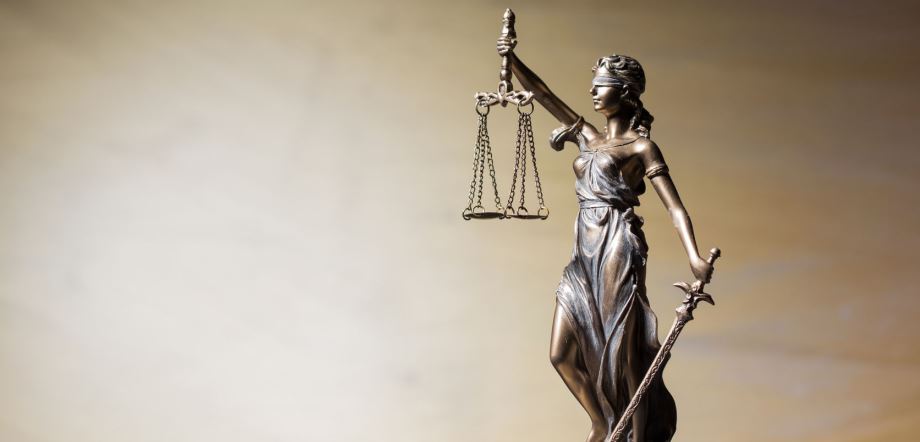Client Alerts
Patent Eligibility of Mechanical Inventions: Section 101 Claiming
October 2019

Client Alerts
Patent Eligibility of Mechanical Inventions: Section 101 Claiming
October 2019
On October 3, the United States Court of Appeals for the Federal Circuit (CAFC) upheld a lower court decision in American Axle & Manufacturing, Inc. v. Neapco Holdings LLC regarding the ineligibility of claims directed to a purely mechanical innovation. The decision is an important one for patentees attempting to claim an invention that uses a law of nature.
In American Axle & Manufacturing, Inc., the invention at issue involves a method of reducing vibrations in drive shafts by applying a tuned liner. Both courts decided the claims were ineligible because the patentee attempted to claim a law of nature without supplying the means by which it applied the laws of nature to address the result. In other words, the patentee essentially claimed a way to reduce vibration using a liner, which was based on a well-known application of Hooke’s law to achieve the desired result of attenuating certain vibration modes and frequencies.
The court said that “[t]he problem … is that the solution to these desired results is not claimed in the patent. We have repeatedly held that features that are not claimed are irrelevant as to step 1 or step 2 of the Mayo/Alice analysis. Alice, 573 U.S. at 221 (“[W]e must examine the elements of the claim to determine whether it contains an ‘inventive concept.’” (emphasis added)) ….” The patentee’s technical expert suggested that certain types of liners have not been used previously to significantly dampen specific modes of vibration; yet the claims are not limited to any type of liner or the dampening of specific bending modes. In any case, it makes no difference to the section 101 analysis whether the use of liners to attenuate vibrations was known in the prior art. The mechanisms for achieving the desired result are not actually claimed.
According to the CAFC decision:
… the process of tuning a liner may involve extensive computer modelling and experimental modal analysis, …. But even the patent specification recites only a nonexclusive list of variables that can be altered to change the frequencies exhibited by a liner and a solitary example of a tuned liner (though not the process by which that liner was tuned). Most significantly, the claims do not instruct how the variables would need to be changed to produce the multiple frequencies required to achieve a dual-damping result, or to tune a liner to dampen bending mode vibrations.
***
While AAM may have discovered patentable refinements of this process … neither the specifics of any novel computer modelling nor experimental modal analysis are disclosed in the patent, much less included in the claims themselves ….
***
… Parker v Flook reinforces our conclusion that a claim to a natural law concept without specifying the means of how to implement the concept is ineligible under section 101. …
***
… What is missing is any physical structure or steps for achieving the claimed result of damping …
Further:
[The claims] simply state that the liner should be tuned to dampen certain vibrations. Thus, the problem is that the claims’ instruction to tune a liner essentially amounts to the sort of directive prohibited by the Supreme Court in Mayo—i.e. “simply stat[ing] a law of nature while adding the words ‘apply it.’” …
***
[T]he mechanisms for achieving the desired result—are not actually claimed ….
TIPS FOR PATENTEES
When claiming an invention that uses a law of nature, patentees must include the physical structure, steps, and/or means by which the results of the method are achieved. It is imperative to claim the method/approach with the specific variables that are used to obtain the intended result, or claim specifically the apparatuses used to achieve the intended result. It is not enough that examples are provided in the specification.[1]
[1] This Client Alert was prepared with the invaluable assistance of Tucker Ellis intellectual property law clerk Francesca Seretti, a second-year law student at Case Western Reserve University School of Law.
ADDITIONAL INFORMATION
For more information, please contact:
- Michael G. Craig | 216.696.3898 | michael.craig@tuckerellis.com
- Patrick F. Clunk | 216.696.5663 | patrick.clunk@tuckerellis.com
- Carlos P. Garritano | 216.696.5364 | carlos.garritano@tuckerellis.com
This Client Alert has been prepared by Tucker Ellis LLP for the use of our clients. Although prepared by professionals, it should not be used as a substitute for legal counseling in specific situations. Readers should not act upon the information contained herein without professional guidance.
